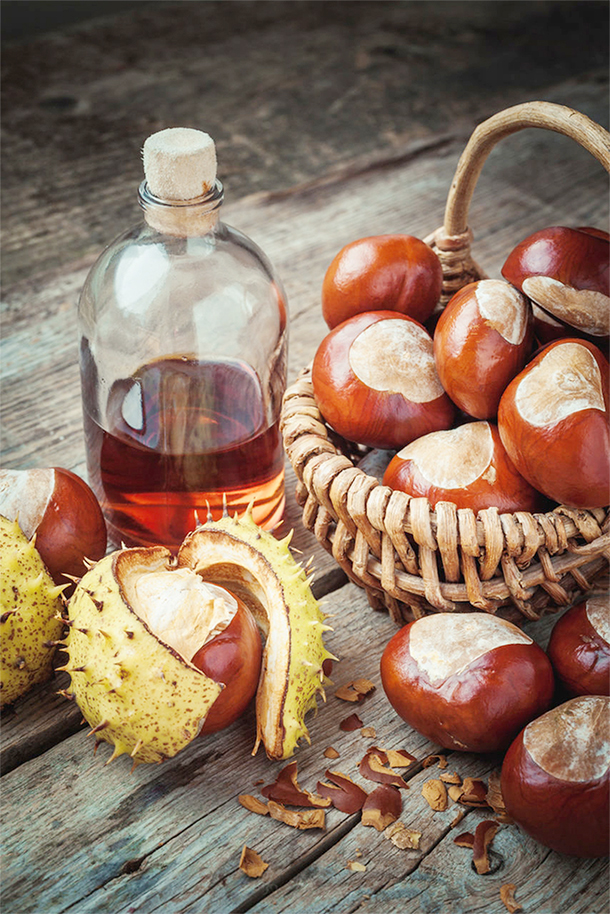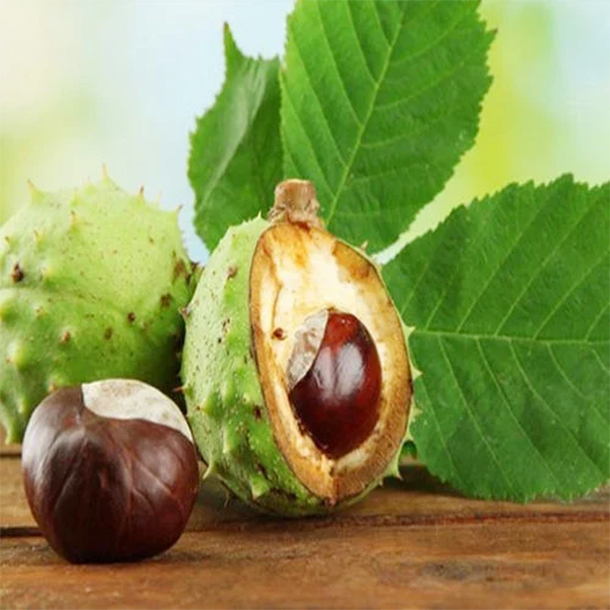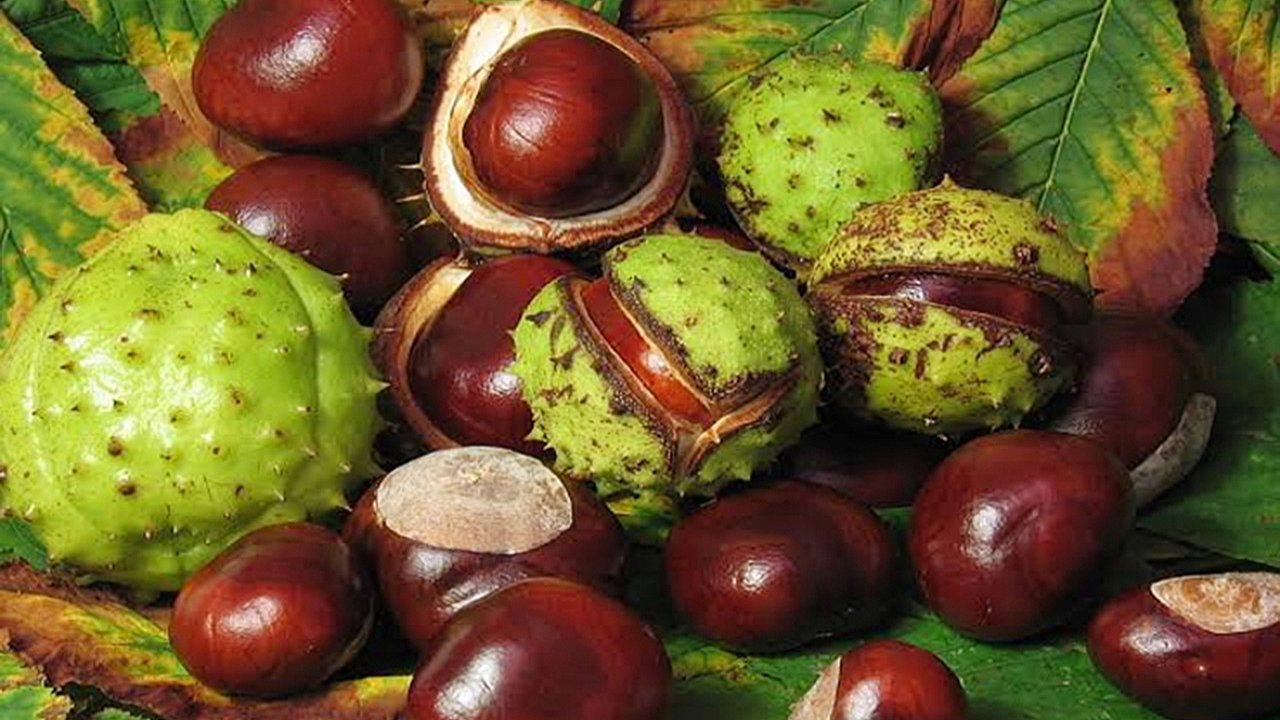The Versatile Uses of Horse Chestnut: Medicine and Skincare
Horse chestnut, scientifically known as Aesculus hippocastanum, has long been utilized in alternative medicine for its potent health benefits. Often mistaken for edible chestnuts, horse chestnuts contain active compounds that support circulatory health and skincare applications. Beyond its medicinal properties, this remarkable ingredient is also an excellent addition to handmade soap. This guide will provide step-by-step instructions on using horse chestnut for both health remedies and soap making. Medicinal Benefits of Horse ChestnutPreparing Horse Chestnut Extract1. Harvesting and Processing Horse ChestnutsCollect fresh horse chestnuts in the fall when their green spiky husks naturally split open.
Medicinal Benefits of Horse ChestnutPreparing Horse Chestnut Extract1. Harvesting and Processing Horse ChestnutsCollect fresh horse chestnuts in the fall when their green spiky husks naturally split open.
Remove the outer shell to access the inner seed.
Beeswax
2. Mix the Oils:Heat the base oils until they melt, then allow them to cool to a suitable temperature.
3. Combine and Blend:Slowly pour the lye solution into the oils while stirring continuously.
Add horse chestnut extract (about 1-2 tablespoons per pound of oil) and blend until well incorporated.
If desired, add essential oils for fragrance.
4. Pour and Cure:Pour the soap mixture into molds and let it set for several hours or overnight.
Once firm, remove from molds and let it cure for several weeks to harden.
5. Enjoy Your Natural Soap:Once fully cured, your horse chestnut soap is ready to use, offering its cleansing and skin-soothing properties.Important Considerations and SafetyDisclaimerThis guide is intended for educational purposes only and should not replace professional medical advice. Consult a healthcare provider before using horse chestnut for medicinal purposes, particularly if pregnant, nursing, or taking medications. Some parts of the horse chestnut plant contain toxic compounds, so proper preparation is essential.
When crafting handmade products such as soap, always follow safety guidelines, especially when working with lye. Use appropriate protective equipment to ensure safe handling.Horse chestnut is a powerful natural resource with a wide range of medicinal and skincare applications. By following this guide, you can harness its potential to create beneficial extracts, ointments, and handmade soap. Always prioritize safety, consult professionals when needed, and enjoy the benefits of this remarkable botanical ingredient.
Horse chestnut, scientifically known as Aesculus hippocastanum, has long been utilized in alternative medicine for its potent health benefits. Often mistaken for edible chestnuts, horse chestnuts contain active compounds that support circulatory health and skincare applications. Beyond its medicinal properties, this remarkable ingredient is also an excellent addition to handmade soap. This guide will provide step-by-step instructions on using horse chestnut for both health remedies and soap making.
 Medicinal Benefits of Horse ChestnutPreparing Horse Chestnut Extract1. Harvesting and Processing Horse ChestnutsCollect fresh horse chestnuts in the fall when their green spiky husks naturally split open.
Medicinal Benefits of Horse ChestnutPreparing Horse Chestnut Extract1. Harvesting and Processing Horse ChestnutsCollect fresh horse chestnuts in the fall when their green spiky husks naturally split open.Remove the outer shell to access the inner seed.
- Be aware that horse chestnuts contain toxic compounds, which need to be properly processed before use.
- To create an oil-based extract, mix dried horse chestnut pieces with a carrier oil such as olive or coconut oil (ratio: 1 part horse chestnut to 5 parts carrier oil).
- Store in a sealed glass jar in a dark, cool place for 6-8 weeks, shaking occasionally.
- After the infusion period, strain the mixture and transfer the extract to a dark glass container.
- Use this oil topically for conditions like varicose veins, hemorrhoids, and inflammation.
Beeswax
- Optional: Essential oils (e.g., lavender, chamomile for soothing effects)
- Add a few drops of essential oil if desired.
- Pour the mixture into small containers and let it cool to solidify.
- Store in a cool, dark place and apply as needed for relief from bruises, sprains, and varicose veins.
- Handmade Horse Chestnut Soap: A Natural Skincare RemedyIngredients:Horse chestnut extract or oil
- Lye (sodium hydroxide)
- Water
- Base oils (e.g., coconut oil, olive oil, palm oil)
- Safety Precautions:Always wear protective gear, including gloves and goggles, when handling lye.
- Work in a well-ventilated area to avoid inhaling fumes.
- Step-by-Step Soap Making Process
2. Mix the Oils:Heat the base oils until they melt, then allow them to cool to a suitable temperature.
3. Combine and Blend:Slowly pour the lye solution into the oils while stirring continuously.
Add horse chestnut extract (about 1-2 tablespoons per pound of oil) and blend until well incorporated.
If desired, add essential oils for fragrance.
4. Pour and Cure:Pour the soap mixture into molds and let it set for several hours or overnight.
Once firm, remove from molds and let it cure for several weeks to harden.
5. Enjoy Your Natural Soap:Once fully cured, your horse chestnut soap is ready to use, offering its cleansing and skin-soothing properties.Important Considerations and SafetyDisclaimerThis guide is intended for educational purposes only and should not replace professional medical advice. Consult a healthcare provider before using horse chestnut for medicinal purposes, particularly if pregnant, nursing, or taking medications. Some parts of the horse chestnut plant contain toxic compounds, so proper preparation is essential.

When crafting handmade products such as soap, always follow safety guidelines, especially when working with lye. Use appropriate protective equipment to ensure safe handling.Horse chestnut is a powerful natural resource with a wide range of medicinal and skincare applications. By following this guide, you can harness its potential to create beneficial extracts, ointments, and handmade soap. Always prioritize safety, consult professionals when needed, and enjoy the benefits of this remarkable botanical ingredient.








